
To Save America’s Native Bees, the Oregon Bee Project Is Mapping Every Single One
The project aims to make a complete ‘bee atlas,’ detailing every single local pollinator.
Bee taxonomist Lincoln Best pulled a wooden box labeled “impressive bees” from the shelves that lined his lab at Oregon State University and carefully removed the cover. Inside, rows of shiny, green-blue bees filled the box’s inner compartments, each one pierced with a pin as if in a museum. They reflected the overhead fluorescent lights like jewels.
“Osmia cobaltina,” Best says, plucking an amethyst-colored mason bee from the box. “It’s crazy, right? How can a bee be purple?”
Native bees, such as this one, are responsible for pollinating three-quarters of all flowering plants. Tens of thousands of these intrepid indigenous pollinators can be found in almost every corner of the world, including Alaska and even the Arctic. An estimated 4,000 bees are native to the U.S. alone, according to the U.S. Geological Survey. And all around the United States, many of these native bees are in trouble.
While honeybees often steal the pollinator spotlight, they aren’t indigenous to North America. In the 17th century, settlers brought honeybees from Europe across the Atlantic and built a U.S. food system reliant on these human-managed pollinators.
Due to our long human-honeybee relationship, scientists and governments have often concentrated their attention, research investments, and conservation efforts on non-native honeybees at the expense of native bees. As a result, we know very little about the world’s native pollinators—who and where they are, what they do, and how they’re faring.
Best aims to change that. He is a bee taxonomist, a biologist specializing in bee classification, at Oregon State University in the small western Oregon town of Corvallis. There, he runs the Oregon Bee Atlas, a program that trains citizen scientists to collect and inventory native bees and the specific plants they pollinate across the state. Best has equipped over 200 of these amateurs with the knowledge to become what he calls “Master Melittologists,” scientists who study bees.

Best’s Oregon Bee Atlas began shortly after the largest native bee kill ever recorded. In 2013, more than 50,000 native bumblebees dropped from the sky after linden trees were sprayed with the insecticide dinotefuran in a Target parking lot in Wilsonville, Oregon, just outside of Portland.
“There was significant public outcry,” Best says, describing “inches of dead bumblebees under these trees in town.” (Bumblebees, Bombus, are a genus containing hundreds of bee species, many native to North America.)
In light of the mass casualty, the state of Oregon invested in the health of native pollinators and launched the Oregon Bee Project, an umbrella program that supports Best’s work through the Oregon Bee Atlas.
Since 2018, Best and his network of Master Melittologist volunteers have collected hundreds of thousands of native bee specimens across Oregon, documenting more than 600 distinct bee species and over 1,400 specific plants they pollinate.
Best’s fascination with native bees began more than 20 years ago on a sunny British Columbia spring day in 2003. Best was there on a canoe trip with friends, and, while walking across some dunes, he noticed native longhorn bees emerging from their sandy nests. Best looked closely at the males, their antennae protruding like horns.
“I couldn’t believe that a bee could have antennae as long as its body. I was red-pilled for bees,” Best says, referencing The Matrix and the life-changing truth the red pill revealed. “It blew my mind.”

Just then, Scott Sublette, a volunteer in his third year as a Master Melitollogist, walked into the lab wearing a tattered Oregon Bee Atlas baseball cap. Sublette used to raise lambs until he had both shoulders replaced. Now he collects bees full-time for the Oregon Bee Atlas, and he’s good at it. Last year he was one of the top collectors for the Atlas, hunting down over 1,800 bees—an amount expected of a typical entomology master’s student.
Sublette collects most of these bees near his home in The Dalles, Oregon, at the eastern edge of the Columbia River Gorge. Pockets loaded up with vials, he embarks with his butterfly net. When Sublette spots a bee on a plant, he snaps a photo in order to keep track of which bees are pollinating which plants.
Then Sublette swipes at the bees with the butterfly net and places the insects in a kill jar, a glass vial containing ethyl acetate, a volatile liquid similar to nail polish remover. He labels the vials with the town’s name, the longitude and latitude, the date, and the plant where he spotted the bee (if he knows it). In a matter of minutes, the bees die, and Sublette brings them back to the lab to be inventoried.
It’s a bit brutal, but killing the bees is the Master Mellitologists’ best chance at understanding them. The statuses of almost all insect species are completely unknown, Best explains, so accuracy is paramount.
In order to correctly identify the specimen, scientists like Best often have to look at each insect beneath a microscope or conduct a DNA analysis—both of which are only possible if the bee is dead. A 2015 study that the Bee Atlas cites also demonstrated that repeatedly catching and killing bees at the same site did not impact the bee populations.

Best turned to his computer and pulled up a map of Oregon, studded with red dots representing where volunteers have collected bees in 2022. Best pointed out The Dalles, where Sublette lives, peppered with red dots. As the dataset grows, Best will overlay other data to create a map that indicates each region’s soil type, precipitation, and temperature.
With enough data documenting where bees have been found, Best can create a predictive model that forecasts where each species may be located, as well as hotspots of species richness. That model can inform land management decisions, such as what areas should be protected from development or farming: It makes more sense to preserve habitats that support 500 species of bees and flowering plants than areas that support only 50 species.
While the computer model represents the richness of native bee species, Best has another tool that illustrates the interconnectedness between these native bees and the plants they pollinate.
Best grabbed a rolled-up scroll and started to unfurl it. Bee names ran along one length of the scroll, plant names on the other side; a network of crisscrossing lines connected the pollinators and plants, based entirely on the bee-flower interactions the Master Melittologists have observed in the field.
Best wheeled backward in his desk chair, revealing as much of the network as he could until he ran out of floor space. The scroll represents about 20 Ph.D.s-worth of data and stretches 80 feet.
“Our data is too big for this earthly plane,” Best jokes.

We have long depended on native bees for free pollination, implicitly understanding that they support biodiversity in our ecosystems, without fully understanding how, or even where they’re located. The scroll, still growing with data that will stretch it well beyond 80 feet, offers a never-before-seen portrait of interactions between native bees and plants—a glimpse of all we take for granted, and all we have to lose.
I followed Best down four flights of stairs and into OSU’s collection of arthropods: a category of invertebrate animals that spans insects (including bees, of course), spiders, and crustaceans, among others. There, Christopher Marshall, a tall man with an impressive handlebar mustache, assembled a metal cart to hold trays of specimens. Marshall curates the 3 million arthropod specimens in the collection, the largest in the Pacific Northwest, including some of the bees melittologists like Sublette have collected.
The Oregon Bee Atlas could exist independently of the arthropod collection, Marshall says. But “biodiversity is a science where, if you want to understand species distribution on the scale that we do, it’s impossible for one researcher to do [it alone].”
With a data set the size of the Oregon Bee Atlas and an insect library the size of the Oregon State Arthropod Collection, species patterns, like abundance and distribution across space and time, and even physical changes in response to the environment, can emerge with better resolution. Each bee specimen the melittologists collect is a single data point in Best’s map.
Marshall placed a box of native Oregon bumblebees on the lab bench. Best pulled an inner chamber from the box with 46 neatly pinned Franklin’s bumblebees—a nearly extinct species, native to Southern Oregon.
Each had a hairy black body, a buttery yellow head, and translucent brown wings. This little box represents half of all known Franklin’s ever collected, these ones, reared in a lab. It’s been 17 years since scientists have captured one in the wild.
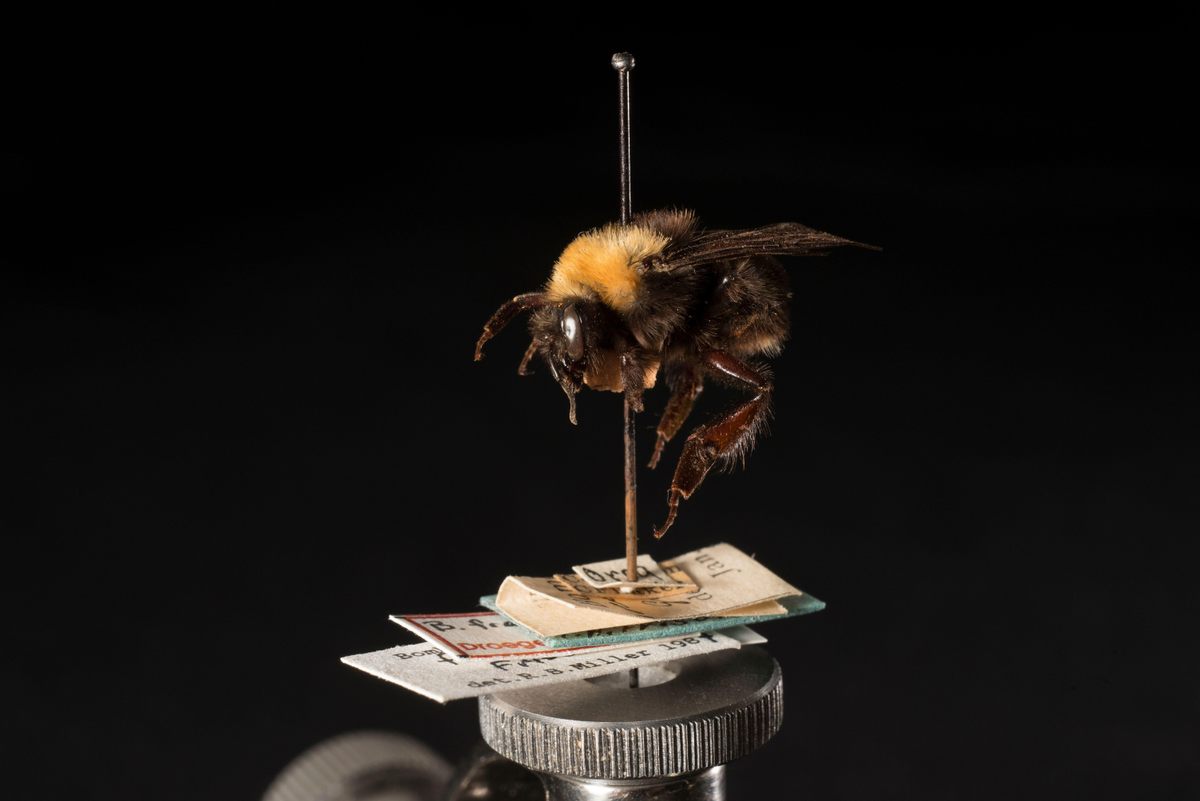
“Save the bees!” has long been a rallying cry for environmental and conservation movements. And some bees, like Franklin’s bumblebee, are in trouble. But a so-called “insect apocalypse” is a one-dimensional view of what is happening in the insect world, says Best; the status of most bee species is unknown.
Each species of native bee, out of thousands, responds to stressors differently. A confluence of factors—habitat loss and land-use change, insecticide and herbicide use, climate change, and competition from non-native honeybees that can monopolize pollen and nectar resources—threaten native bees. For the many native bee species already in decline, it’s death by a thousand cuts.
Today, the EPA uses honeybees as a stand-in for all bees in research and toxicity testing. But bumblebees and other native pollinators don’t respond to stressors in the same way, and the EPA only measures mortality, so sub-lethal effects of pesticides are not accounted for.
James Crall, who studies the effects of human- and climate-driven stressors (including pesticides) on native bumblebees at the University of Wisconsin, Madison, likens honeybees to chickens: Some people erroneously think they’re saving birds by raising backyard chickens. “Keeping chickens can be great for other reasons, but it’s not really bird conservation,” says Crall.
“Likewise, thinking about the health of honeybees is great. It’s really important for food systems. And they’re amazing creatures, but it’s not really part of thinking about our own native biodiversity and how to support it.”
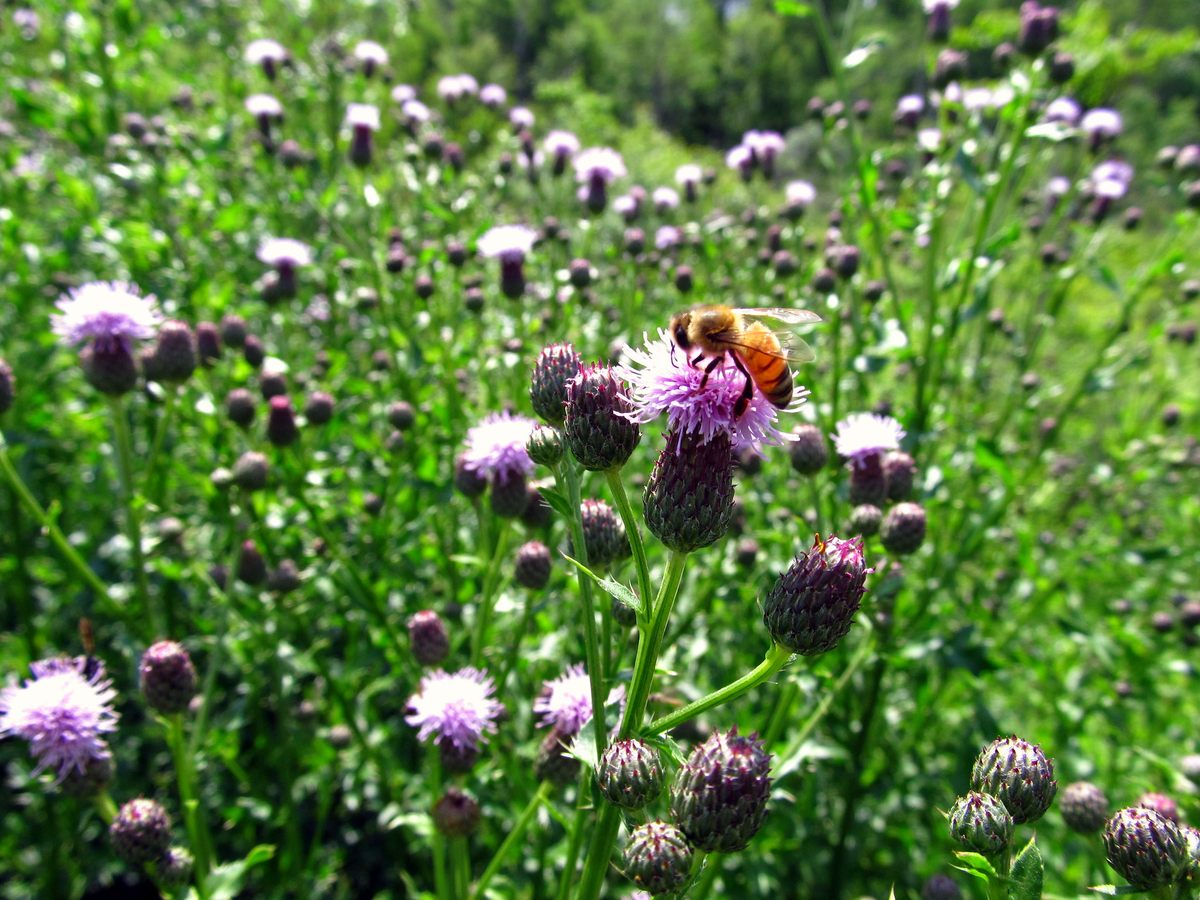
Native bumblebees have survived in dramatically different climates for millions of years. But now, our climate is changing faster, and bumblebees may not be able to adapt quickly enough, says Crall. Leveraging clever imaging technology and advanced computing power, his Madison-based team can observe how threats like heat stress and insecticides affect different native bumbles in combination.
Still, Crall describes his field as fundamentally “data limited.” Some native bees are in critical danger, while others are thriving. When it comes to native bees and how they’re doing, we have far more questions than answers.
Best knows some native bees face enormous threats. He knows a mass casualty like the Wilsonville bee kill could happen again. He knows that Franklin’s bumblebee likely won’t make a comeback.
But Best isn’t interested in the traditional model of pushing a specific species through the Endangered Species Act and pouring money and resources into saving that one animal. “It’s mostly a false narrative that you save species, one endangered species at a time,” says Best. Rather, he thinks about preserving entire native bee communities.
“What we’re doing is getting the information to manage all the species at once.” That’s the point of the Oregon Bee Project, to document and invest in biodiversity, to influence decision-making and landscape management, and to “save the bees.” All the bees, all at once.
The efforts of the Oregon Bee Project are ambitious. They train pesticide applicators to apply toxics as safely as possible to ensure we never repeat a mass bee kill. They partner with Oregon vineyard growers to add specific plants to their landscape in order to support native bees in that region—something that’s only possible because of the granular data on plant-pollinator interactions collected by the team of Master Melittologists that Best trains.
I had been hoping to watch Best collect bees in real-time, but at the end of March, the weather was biting, even for bumblebees whose thick coats and powerful flight muscles keep them warm in the cold. But on our way back from lunch, something flew past our heads. Best stopped in his tracks. “That was a yellow-faced bumblebee,” he says. We stepped into a thicket of blooming Japanese andromeda, and another bumblebee whizzed past, this one a fuzzy horned bumblebee, which Best identified on the spot.
Best’s bright blue coat had caught the bees’ attention, and several queens circled around us, their small bodies constantly in motion to keep their flight muscles warm. In a brief, spectacular dance, they dipped in and out of the flowers, never landing, lest they get too cold.
Then they zoomed off, likely to the warmth of their underground nests. There, they would build wax pots to store their nectar and lay eggs in a ball of pollen, coaxing the next generation of bumblebees into an inhospitable world, from nearly nothing.

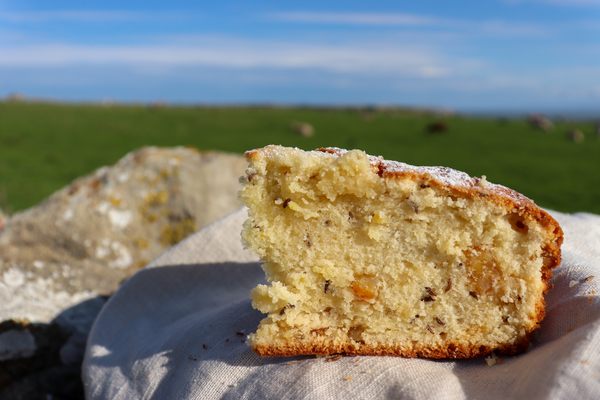
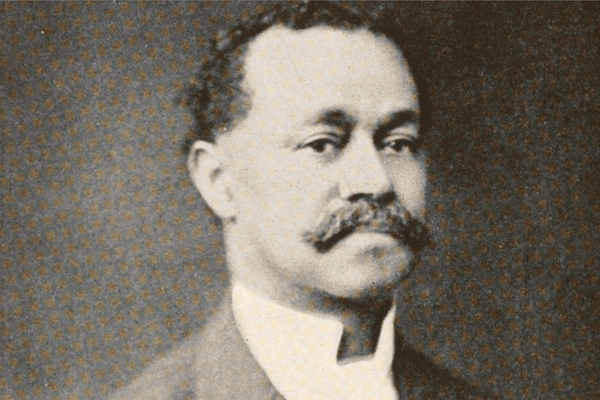


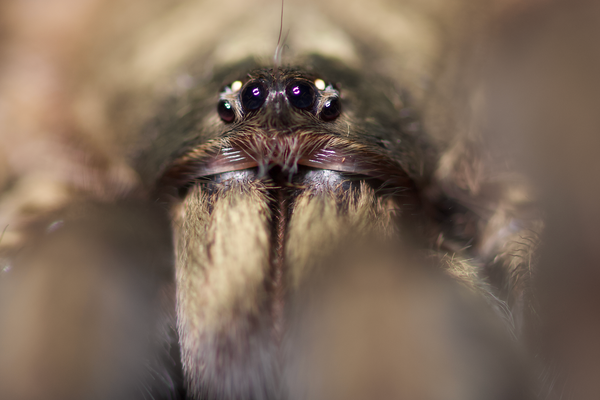







































Follow us on Twitter to get the latest on the world's hidden wonders.
Like us on Facebook to get the latest on the world's hidden wonders.
Follow us on Twitter Like us on Facebook